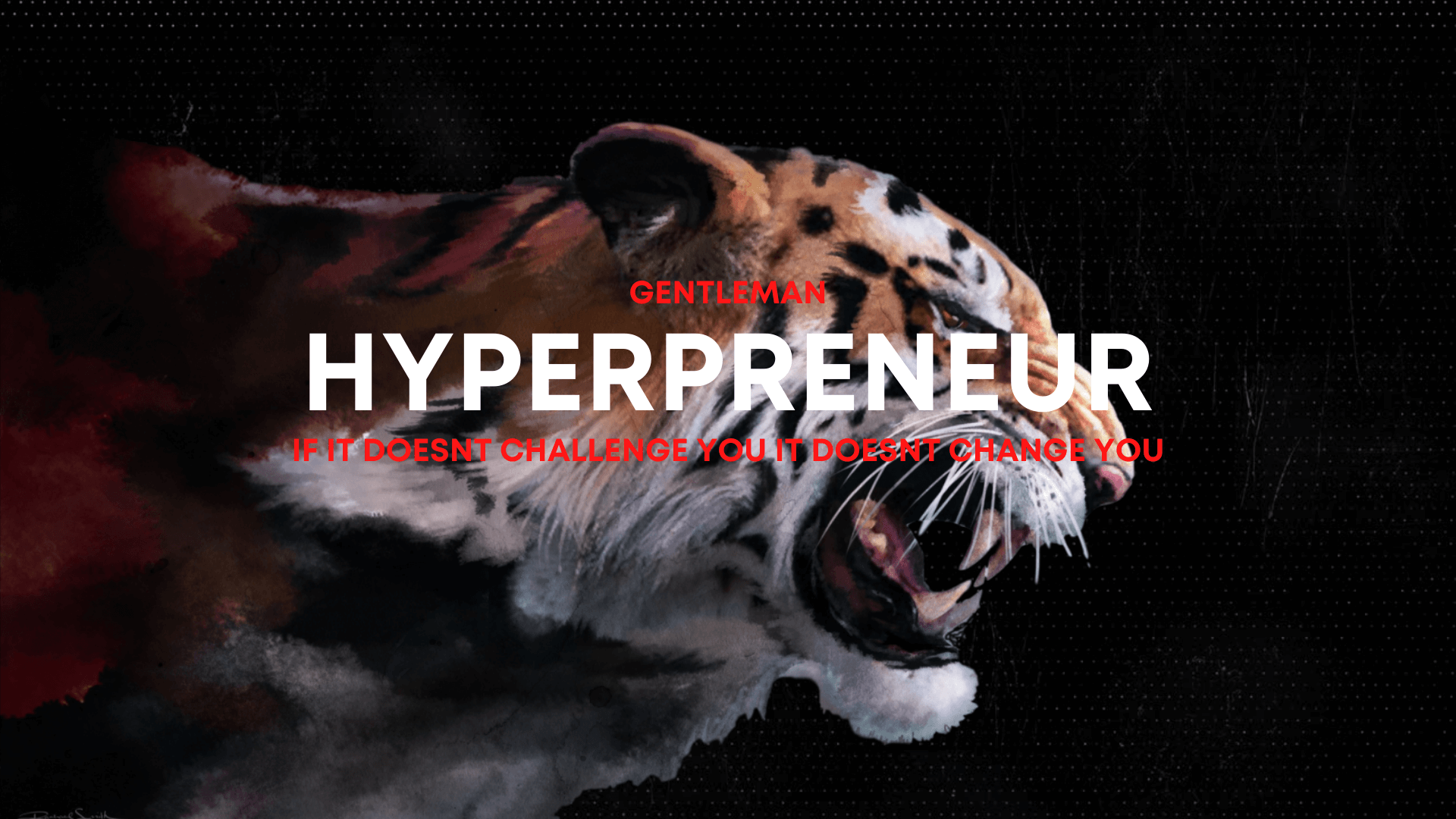Word Count:
424
Summary:
The recent patent application filed by Google details numerous items the search engine uses to rank web pages. The specific application is summarized as:
Keywords:
link, linking, google
The recent patent application filed by Google details numerous items the search engine uses to rank web pages. The specific application is summarized as:
“A method for scoring a document, comprising: identifying a document; obtaining one or more types of history data associated with the document; and generating a score for the document based on the one or more types of history data.”
The patent application sheds significant light for those pursuing search engine optimization with Google. Patent applications can be difficult to understand, so following are highlights for those that don’t speak lawyer.
Google’s Link Evaluation
It is well known that Google uses links as a significant ranking element. Although the patent application doesn’t dispute the value of linking, it does highlight the best method for pursuing a linking strategy. Simply put, consistently adding links will have a much better effect than adding links in bunches.
Google notes in the patent application that it looks at links from a historical perspective. The search engine notes the discovery date of links, the life span of the link and the speed at which a new web site obtains links. This approach reveals that Google is discounting quick link exchange strategies such as buying bulk links for your site. Instead, Google appears to consider a natural linking evolution as a sign that a site is “legitimate.”
The specifics of a good linking strategy are a bit difficult to nail down. In the patent application, Google tries to hide the evaluation method by listing factors that “might” go into evaluating links to a site. Factors that “might” be considered include:
1. The anchor text of the link.
2. The discovery date of the link.
3. The growth rate of links to your site.
4. The rate at which links to a page appear and disappear.
5. The age of links with older links carrying more value.
6. Numerous links to a new site will be looked at as spam, unless some of the links are from highly valued sites.
7. Link growth that is constant is optimal.
8. Sudden bunches of new links will be devalued as spam.
A general theme becomes clear as one reads the Google patent application. Google values sites that are in it for the long term, update regularly and consistently grow in link popularity. Taking this theme into account, it is easy to understand why the Google sandbox exists.
A steady approach is the key if you intention is to gain top rankings in Google. While the delay can be aggravating, the results are certainly worth it.
Eli Logan is an award winning entrepreneur with more than 15 years of experience emphasizing sales, marketing, and innovation in the Energy, Engineering, Transportation, Motorsports and Face To Face Marketing Industries. Eli is highly innovative with excellent relationship building skills as evidenced by the successful formation and operation of 24 business units resulting in 16.4 Billion in economic impact for his clients.

